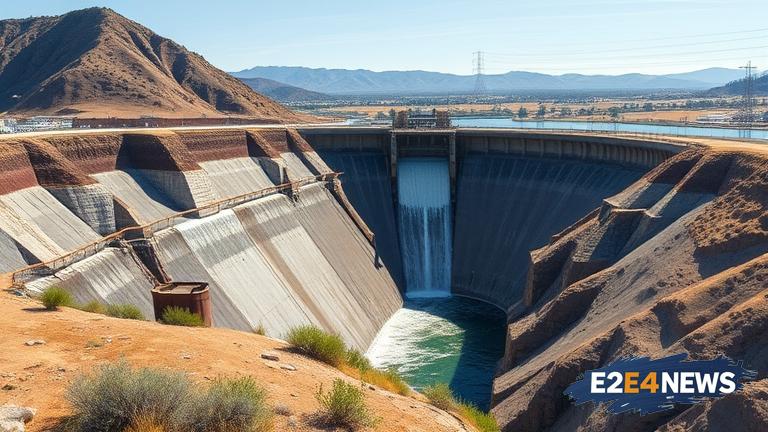The Tehachapi-Cummings County Water District in California is struggling to cope with the pressures of aging infrastructure, rising costs, and a dwindling water supply. The district’s infrastructure, which includes pipes, pumps, and treatment plants, is in dire need of upgrade and replacement. Many of the pipes are over 50 years old and are prone to leaks and breaks, resulting in significant water losses. The district’s water treatment plant is also in need of upgrade to meet the increasingly stringent water quality standards. The cost of replacing and upgrading the infrastructure is estimated to be in the millions of dollars, which is a significant burden for the district. The district is also facing increasing costs for energy, chemicals, and other supplies, which are eating into its budget. Furthermore, the district is experiencing a decrease in its water supply due to the ongoing drought and changes in precipitation patterns. The district’s water sources, including groundwater and surface water, are being depleted at an alarming rate, prompting concerns about the district’s ability to meet the needs of its residents and businesses. The district is exploring alternative sources of water, including recycled water and desalination, but these options are expensive and require significant investment. The district is also working to reduce water waste and promote water conservation through public education campaigns and incentives for residents and businesses to install water-efficient appliances and fixtures. Despite these efforts, the district is facing significant challenges in meeting the needs of its growing population and economy. The district’s water rates are among the highest in the state, which is a burden for low-income residents and businesses. The district is working to develop a rate structure that is fair and equitable, but it is a complex and challenging task. The district is also exploring options for financing its infrastructure upgrades, including bonds and grants. The district’s board of directors is working to develop a comprehensive plan to address the district’s challenges, but it will require significant investment and cooperation from residents, businesses, and government agencies. The district’s situation is not unique, as many water districts in California are facing similar challenges. The state’s drought and changing precipitation patterns are having a significant impact on water supplies, and the need for infrastructure upgrades and water conservation is becoming increasingly urgent. The district’s efforts to address its challenges will have a significant impact on the local economy and quality of life, and it is essential that residents, businesses, and government agencies work together to find solutions. The district’s situation highlights the need for a comprehensive and sustainable approach to water management, including investments in infrastructure, water conservation, and alternative sources of water. The district’s board of directors is committed to finding solutions to the district’s challenges and ensuring that the district’s residents and businesses have access to safe, reliable, and affordable water. The district’s efforts will require significant investment and cooperation, but it is essential for the long-term sustainability of the district and the local community. The district’s situation is a wake-up call for the need to address the challenges facing California’s water infrastructure and to develop a comprehensive and sustainable approach to water management. The district’s board of directors is working to develop a plan that will ensure the district’s residents and businesses have access to safe, reliable, and affordable water, and it is essential that residents, businesses, and government agencies work together to find solutions.
